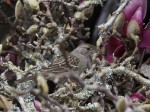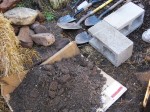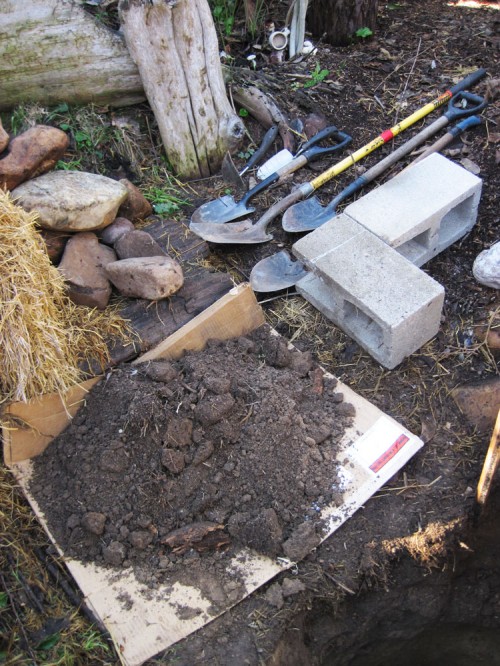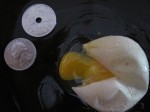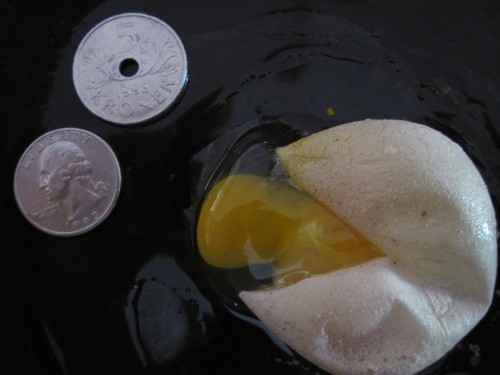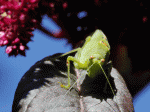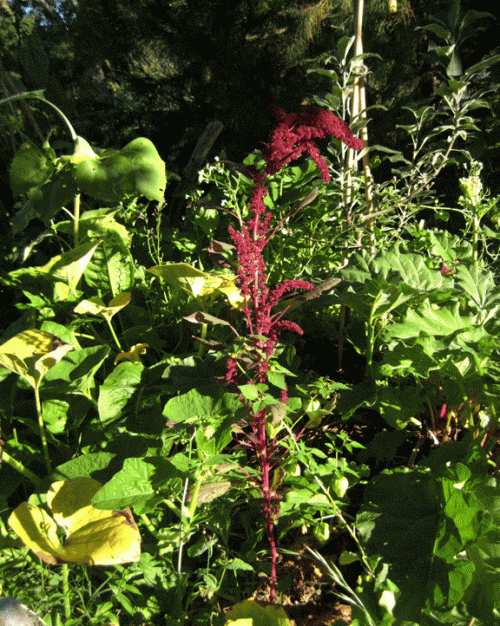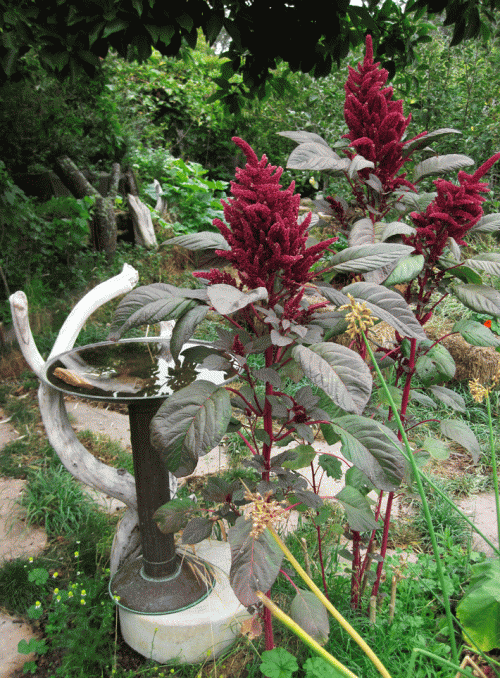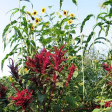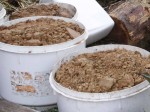Garden Log:
1) Took a break from digging SSSC today but did water the clay in barrels and bins along the garden path. 2) Finally found the “missing” plans to Chicken Haven coop and pen
To you, the Habitat Gardener:
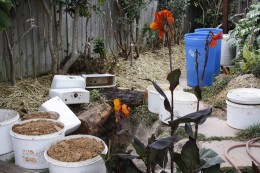
adobe clay from habitat installation awaiting fill stage
1) About the watering of the clay: A lot of that clay will go back into the hole that will become Salamander Shady Shallows Cellar. Some will get stored away for a future habitat installation. But for now, we want to keep the clay moist so it is usable — the hot sun will turn it into rock if it drys out. Not too much water, though. Too much water will drown the microbes and create an anaerobic (no oxygen) situation on the bottom of the containers. Smelly!, that’s anaerobic; think about decay, sulphur, methane, pew! So a light sprinkle of water will be just enough to offset the sun’s heat for a while. My plan so far (changes daily, and isn’t that fun!) is to install habitat features in the enormous hole waiting for our creativity. Oh, how I love being vague — “habitat features” could be anything, maybe even the kitchen sink. Actually that’s just a lead-in to what we will be using — enamel tiolet tanks. Yes, tiolet tanks saved from the dumpster at a water-reducing project I happened upon. Sounds like a fairy tale, doesn’t it? But better than a fairy tale, these enamel tanks will last FOREVER under ground. A lasting tribute to the amphibian world in the form of stone-like caverns with organic bedding. Dig hole. Fill hole with tiolet tanks packed with wood chips, tree limbs that jut out of the hole, cardboard tubing, straw bale “tiles”, and lots more wood chips. Pour in liquified clay (INGREDIENTS: clay, water. Not an approved source of daily nutrition!). Let it sit, and sit, and sit. Serves 500-1000 amphibians, and trillions of microbes! But why the liquified clay? Thanks for asking.
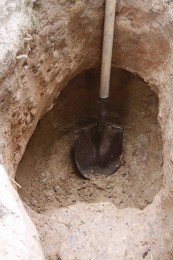
The vaulted Lower Chamber of Salamander Shady Shallows Cellars
Liquified clay will refill the hole and allow it to self support itself. The hole is large enough that although The Lower Chamber is vaulted, we wouldn’t want to run the risk of having it collapse. A collapse of any magnitude would change the surrounding garden features. This is a small garden (that’s why we are going underground!) and we don’t want the nearby slate path or planting beds to collapse. And what fun to visualize the liquid clay solidifying and creating structure to the hole. The sides, and the vaulted lower chamber, will become one again with the same clay that was dug, scooped, and shaved from the hole. The liquid clay will tightly fill around the wood chip-filled tiolet tanks and the rising tree limbs. Once the toilet tank wood chips and tree limbs decay (yes, will take years), hollows and tunnels, respectively, will be created. The hollows will have soft, moist organic bedding and the tunnels, installed at a climbable slope, will have critter-friendly soft, moist organic footing. A pond on top of the filled-in hole will allow salamanders, toads and frogs to breed in our garden. True, a small pond, but at least it’s wet, it’s water. Water — the g
iver of Life. And from that pond, perhaps an amphibian or two will seek refuge and everlasting happiness below in Salamander Shady Shallows Cellars. I love happy endings.
2) Check out my plans for Chicken Haven below.
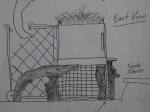
Chicken Haven plans -- East view
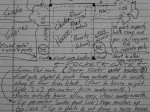
Chicken Haven plans -- Top view
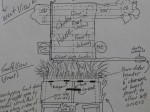
Chicken Haven plans -- South view
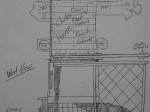
Chicken Haven plans -- West view

Chicken Haven plans -- West view and notes

Chicken Haven plans -- North view
Dream, and record it!
Tony
